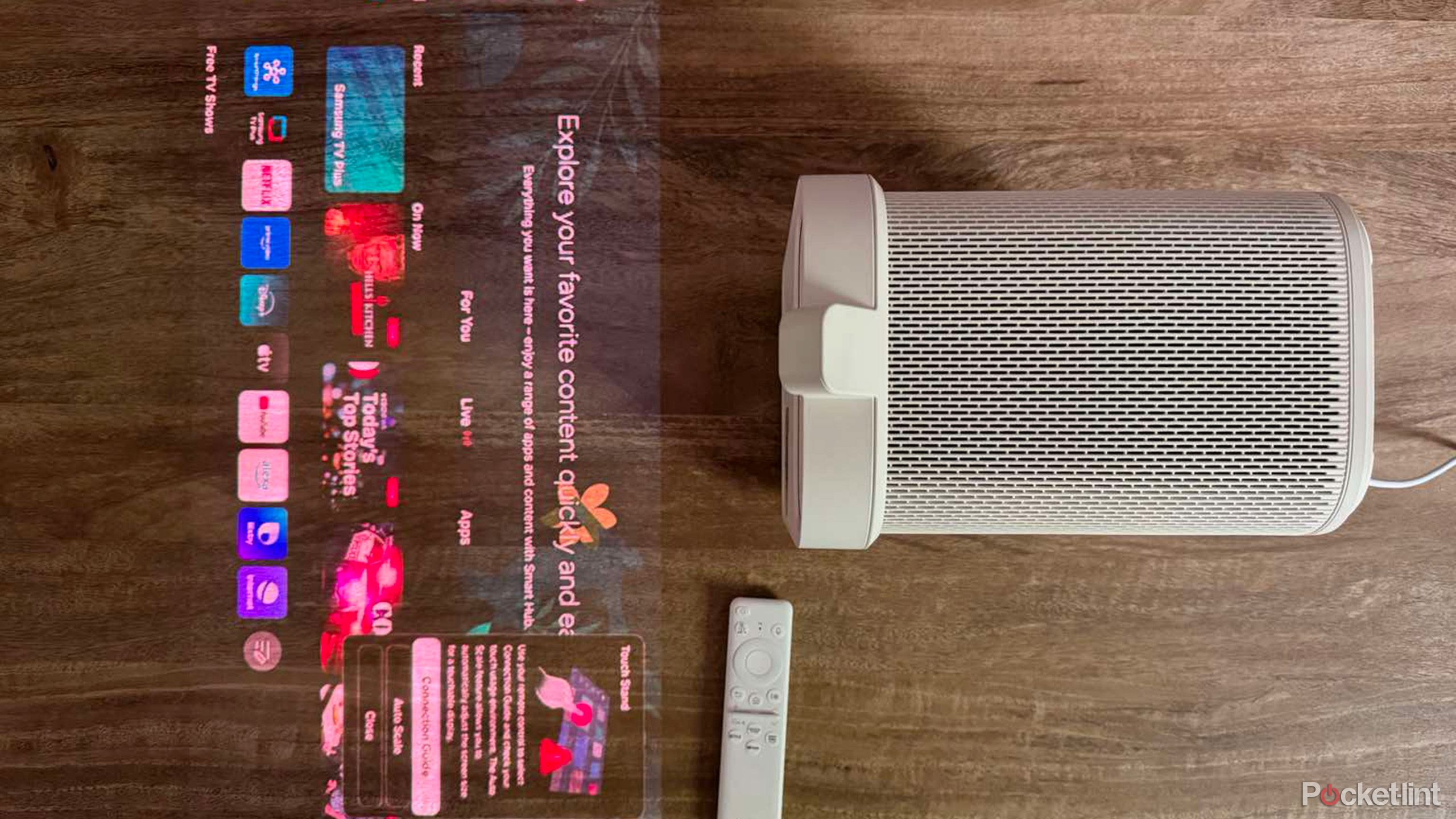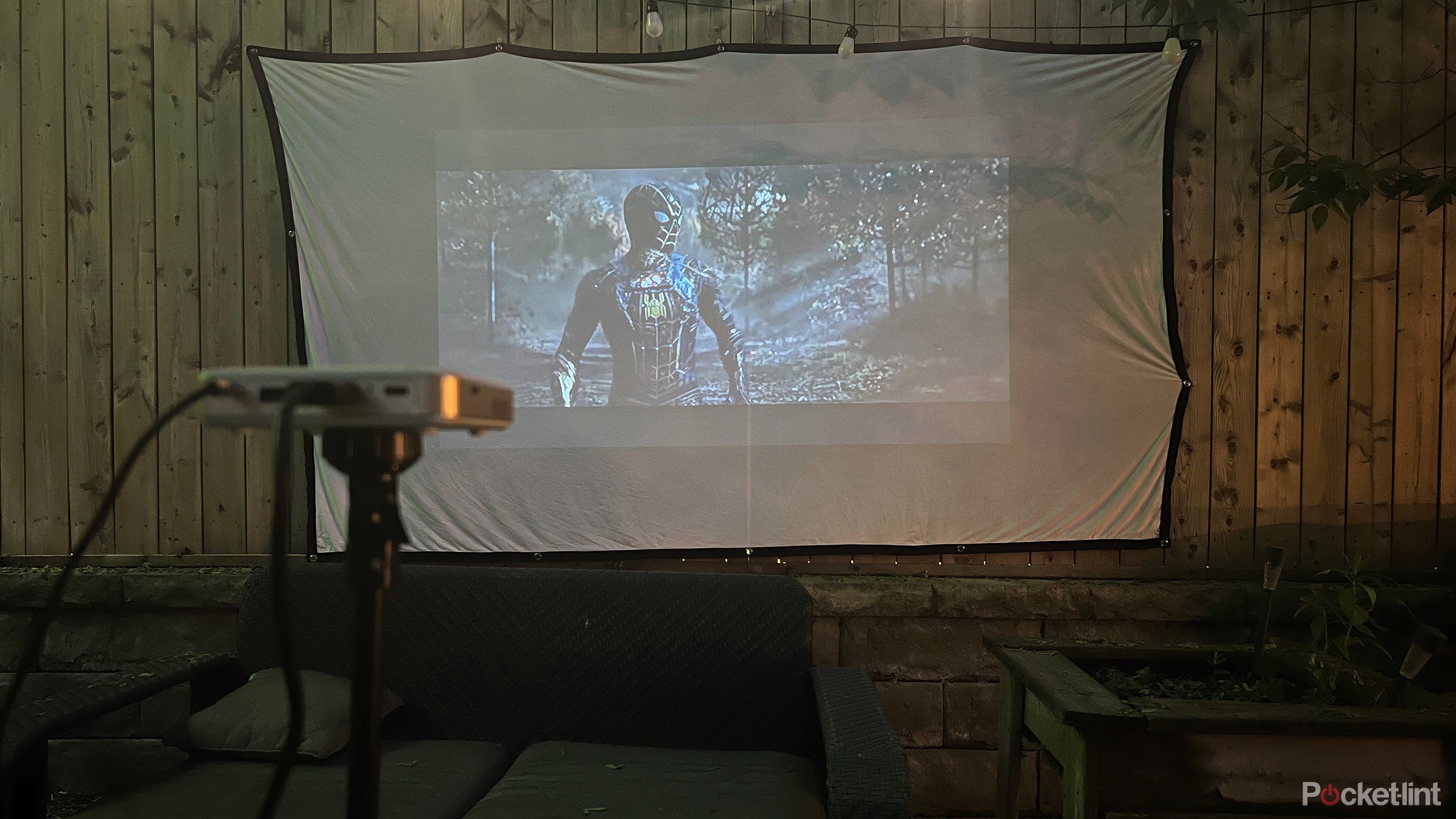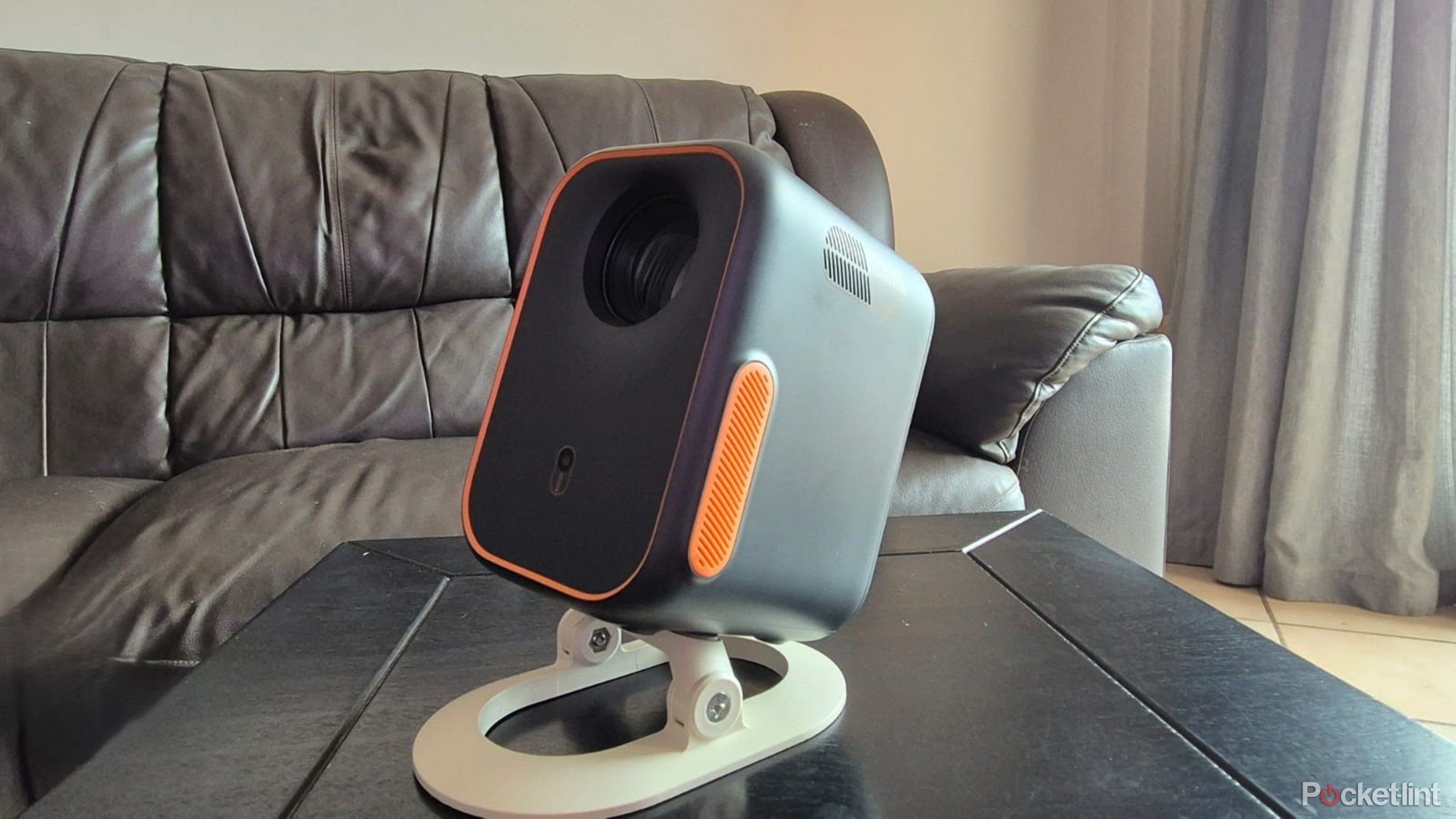Summary
- Projector throw is typically divided into three categories:standard, short, or ultra-short categories.
- The throw ratio informs the image size you’ll achieve based on the distance from the screen.
- The best throw ratio is determined by your environment and viewing needs.
There are plenty of important features and aspects worth knowing when shopping for a new projector, especially if you’re considering replacing a smart TV altogether. While there are many common elements between the two items, such as HDR, resolution, or brightness, there are also components of a projector that are unique.
One of the more influential characteristics of a projector is its throw. This determines not only how you use it, but where. Here’s everything you need to know about throw.
What is a projector’s throw?
A common term indicating projector type
Throw refers to the distance needed between the projector and the surface in order to produce a quality image. Throw tends to fall into one of three categories: standard, short, or ultra-short. The throw type determines where you can set up the projector, which is likely going to be a key factor in deciding which one is right for your home.
Standard throw projectors are devices you tend to set up a bit farther away, usually requiring anywhere from eight to 12 feet away from the screen. These will also tend to produce larger images, getting up to 100 inches or more. Short-throw projectors, meanwhile, can be set up a few feet away from the screen or surface to get a large image size. Four feet from a wall, for example, can often get you an image of around 100 inches. Lastly, ultra-short throw projectors can be placed quite close to a wall or surface. Even just a foot away can generate a large image size.
What is a projector’s throw ratio?
This important spec informs usage
To get a precise understanding of a projector’s throw, you’ll want to look at the throw ratio. It’s a simple formula that expresses how big an image can get relative to the distance from the wall. The ratio is simply the distance to the screen divided by the width of the image. As a simple example, if a projector’s throw ratio is 2.0, or 2:1, that means that placing your projector two units (feet, inches) away from a screen will generate one unit of screen width.
When shopping for a projector, the throw ratio will give you an indication of where you need to set up the device to achieve a desired size. If you’re limited on space, or have a specific spot in mind for the projector, then you can use the distance you have to the screen, and your desired screen size, to determine a throw ratio that suits your environment.
How throw influences a projector’s use
Consider your environment and viewing needs
Throw is an important part of a projector’s identity, dictating how and where it can be used. Those with a standard throw, for example, require a fair amount of distance to the screen. These tend to be preferred for home theater setups where the projector might be mounted on the ceiling. The standard throw also tends to be found on more budget-friendly, portable projectors, including those you might bring outside with you.
Short throw projects provide a lot of versatility. You can set them up at various points in your home, although you may need to get creative at times to achieve the right size. Stands and mounts may come in handy when using a short throw projector. Such devices tend to be ideal for providing entertainment to one person or a small group of people, and can be particularly enjoyable when gaming or viewing in a small, cozy space.
Ultra-short throw projectors need to be close to the screen to enjoy, which can make setup easy or tricky depending on your space. You may need to tinker with stands and mounts. Still, these projectors make the environment tidier; cords can stay close to the wall instead of running all over the place, while the short throw prevents people from walking between the projector and the screen.
Important projector considerations
Throw is one of many key aspects
When shopping for a new projector, keep in mind that higher-end models tend to have a throw range. That’s because some models have optical zoom features or an adjustable throw that gives you more versatility when in use. While throw is important, it’s also not the only thing to keep in mind when shopping.
You’ll want to determine your viewing desires and needs and then consider things like brightness, HDR, resolution, smart system capabilities, and, of course, cost. Projectors can allow for an adaptable and even unique entertainment experience, but with quality options costing as much as high-end smart TVs, there is plenty to consider before purchasing.
Trending Products

ASUS 22â (21.45â viewable...

Thermaltake Tower 500 Vertical Mid-...

HP 330 Wireless Keyboard and Mouse ...

HP 24mh FHD Computer Monitor with 2...

ASUS Vivobook Go 15.6â FHD Sli...

Acer Aspire 5 15 Slim Laptop | 15.6...

HP 27h Full HD Monitor – Diag...

HP 15.6″ Portable Laptop (Inc...










